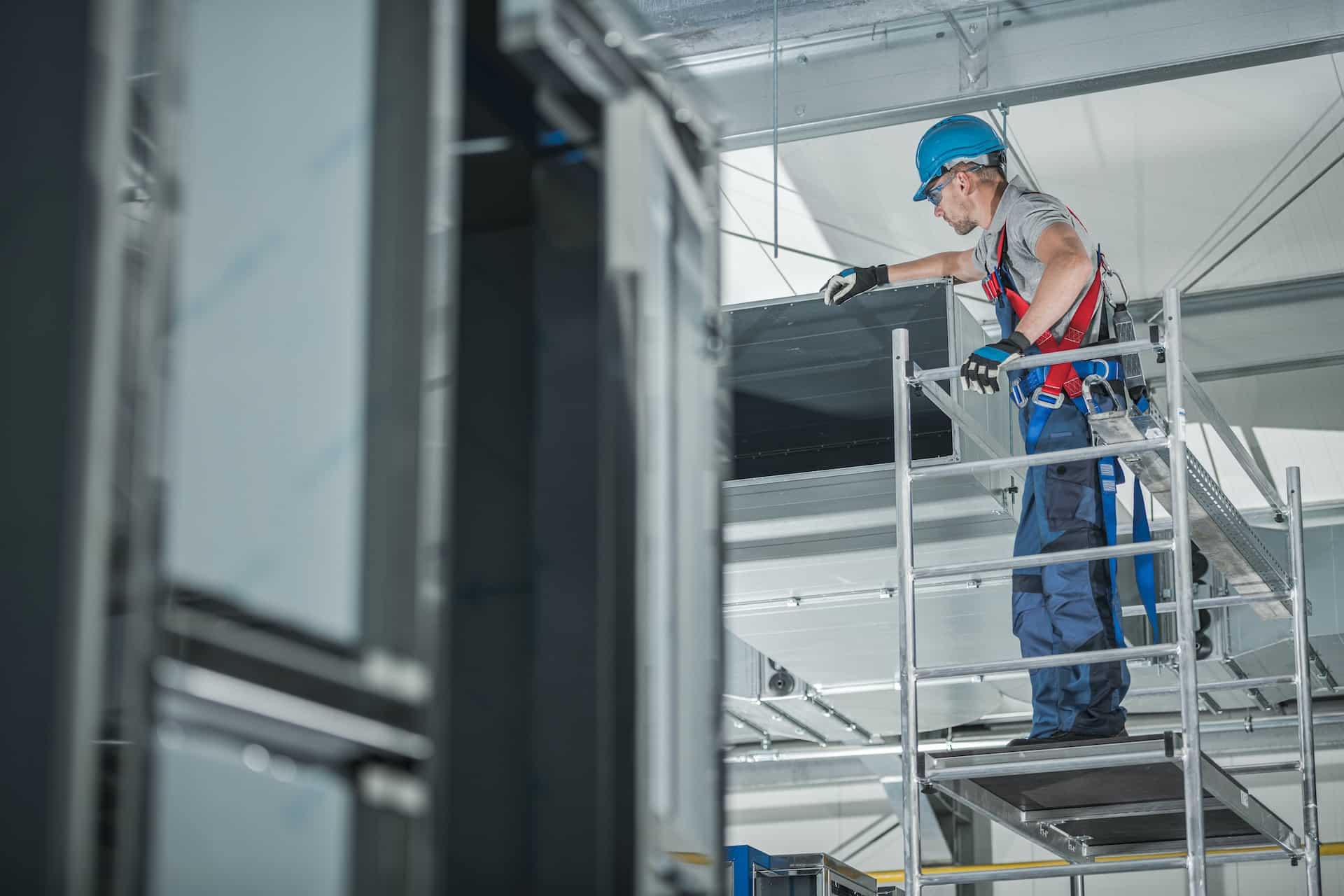A High-Efficiency Particulate Air (HEPA) filter is a type of air filter designed to remove tiny particles from the air, such as pollen, dust mites, pet dander, and other allergens. HEPA filters are commonly used in homes, hospitals, laboratories, and industries to improve indoor air quality. This article will discuss what a HEPA filter is, how it works, and when you need one.
What is a HEPA filter?
HEPA filters are made of a fine mesh of fibres that trap particles as air flows through them. The fibres are typically made of glass, but they can also be made of synthetic materials. HEPA filters are designed to capture particles as small as 0.3 microns, which is smaller than the diameter of human hair. They are highly effective at removing airborne particles, including bacteria, viruses, and mould spores.
How does a HEPA filter work?
HEPA filters use multiple mechanisms to capture particles. The first mechanism is interception, where particles are caught as they pass near a fibre. The second mechanism is impaction, where particles collide with fibres and become embedded in them. The third mechanism is diffusion, where smaller particles are slowed down and redirected by air molecules, causing them to collide with fibres and become trapped.
HEPA filters are tested and certified to meet specific standards set by the United States Department of Energy (DOE). The most common standard is the HEPA H13 standard, which requires the filter to capture at least 99.97% of particles that are 0.3 microns in size or larger. Some HEPA filters can capture even smaller particles, such as those that are 0.1 microns in size.
When do you need a HEPA filter?
1. If you or a relative are experiencing allergies or asthma, using a HEPA filter can assist in reducing symptoms by eliminating airborne allergens.
2. Are you residing in a place with significant air pollution or close to a building project? Utilizing a HEPA filter can lower your contact with detrimental particles.
3. Do you work in an environment where airborne particles are present, such as a hospital or laboratory? A HEPA filter can help protect you from exposure to harmful pathogens.
4. Are you concerned about the indoor air quality in your home? A HEPA filter can help remove pollutants and improve overall air quality.
5. If you own pets that release dander and hair, using a HEPA filter can assist in eliminating these allergens from the air, enhancing the air quality for all household members.
Conclusion
In conclusion, HEPA filters are an effective way to improve indoor air quality and reduce exposure to airborne pollutants. They are especially useful for people who suffer from allergies, asthma, or other respiratory conditions, as well as those who live in areas with high levels of air pollution. HEPA filters use multiple mechanisms to capture particles, and they are tested and certified to meet specific standards. HEPA filters can be found in air purifiers, vacuum cleaners, and HVAC systems, and they are easy to maintain and replace. If you are concerned about your indoor air quality, consider investing in a HEPA filter.
Looking for the perfect heating and air conditioning system that fits your budget and requirements? Look no further than Furnace King Home Services! With over 43 years of experience, our professionals will review your needs and recommend the best system for you. Need HEPA filters for furnaces? Contact us today!









